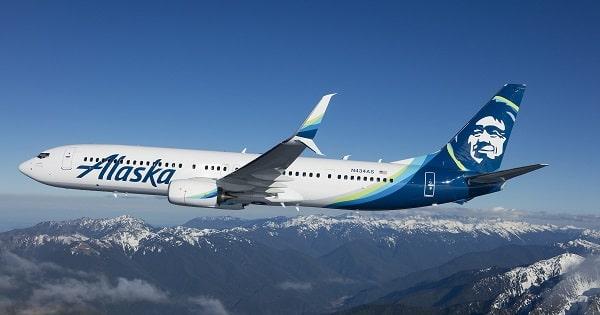The vast array of parts and systems that guarantee the safe, effective, and seamless operation of airplanes is referred to as aircraft equipment. These components, which range from avionics to safety gear, are essential to the operation and security of contemporary aircraft. Comprehending the importance of diverse aircraft equipment kinds not only emphasizes the intricacy of aviation technology but also emphasizes the crucial function these systems perform in guaranteeing smooth air travel.
This post will explore five fascinating facts about aviation equipment that highlight its significance and ingenuity.
Avionics – The Brain of the Aircraft
All electronic equipment used in aircraft for navigation, communication, and administration is referred to as avionics, or aviation electronics, and is a vital system. Because of their crucial function in flight operations, these systems are sometimes referred to as the “brain” of the aircraft. Components of contemporary avionics include autopilot, flight management systems (FMS), radar, GPS, and more. The Global Positioning System (GPS), which has completely changed navigation, is one of the most important developments in avionics. With the exact route planning and real-time location that GPS offers, safety is increased. Furthermore, powerful autopilot systems that can operate an airplane with little human interaction have been developed as a result of avionics developments, which have reduced pilot burden and increased safety.
The Vital Role of Black Boxes
Known as “black boxes,” the Flight Data Recorder (FDR) and the Cockpit Voice Recorder (CVR) are essential components of aviation hardware. Contrary to their name, black boxes are usually bright orange in order to make finding them simpler in the event of an accident. These tools are essential for enhancing safety procedures and looking into aircraft mishaps. The FDR provides a comprehensive log of the aircraft’s performance by recording a variety of information, such as heading, altitude, and airspeed. Conversations in the cockpit are also recorded by the CVR, along with other audio signals. When used in tandem, these tools provide investigators with a wealth of information that is essential for identifying accident causes and developing safety strategies.
The Efficiency of Turbofan Engines
The most common kind of jet engine used in commercial aircraft nowadays is the turbofan. They are highly valued because of their dependability and efficiency, which are essential for lengthy trips. A turbofan engine’s architecture, which combines a huge fan at the front with a turbojet core, is what makes it so efficient. With this setup, the engine can produce a substantial amount of thrust while yet using less gasoline. Air is compressed by the fan and sent via the core and bypass ducts in order for turbofan engines to function. Bypass air increases thrust without using more fuel, improving efficiency all around.
Cutting-Edge Safety Equipment
Numerous safety features are built into aircraft with the purpose of shielding crew and passengers in the event of an emergency. This covers fire extinguishers, emergency slide-rafts, aircraft towbar heads, oxygen masks, and life jackets. The emergency slide-raft, which doubles as a life raft in the event of a water landing and an evacuation slide, is one especially notable invention. At high altitudes, oxygen masks—which automatically deploy if cabin pressure drops—are essential for ensuring passenger safety. The oxygen supply from these masks is constant, so passengers may breathe comfortably until the airplane drops to a lower altitude. For water evacuations, life jackets and slide-rafts are indispensable because they offer buoyancy and stability in the water.
Advanced Communication Systems
Another essential component of airplane equipment is communication systems, which guarantee pilots’ continuous interaction with air traffic control (ATC) and other aircraft. Transponders, radios, and satellite communication (SATCOM) equipment are examples of these systems. The dependability and clarity of in-flight communications have greatly increased with the emergence of digital communication technology. Transponders are essential for identifying and tracking aircraft since they send out signals that tell ATC where the aircraft is, how high it is, and how fast it is traveling. Long-distance communication is made possible by SATCOM equipment, especially across marine routes where conventional radio transmissions would not be able to reach. By guaranteeing that pilots can obtain vital information and orders from ATC, these technologies improve operational safety and situational awareness.
Conclusion
A vast array of technologies and systems that are essential to the safe and effective functioning of airplanes are included in the category of aircraft equipment. Each component in aviation is essential, from the complex avionics that control flight operations to the protection gear that shields passengers. To increase the capabilities and safety of air travel, aircraft equipment must be continuously innovated and improved.





